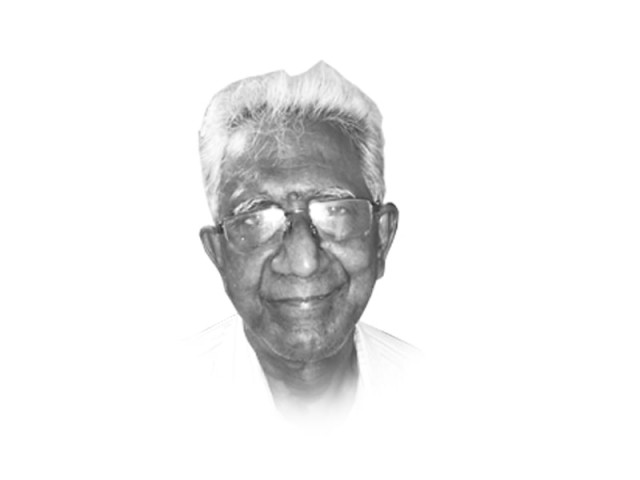Green energy: a viable power source?
Indeed, the chase for more megawatts is like running after a mirage.

The writer is a Kolkata-based journalist and has written for several publications, including the Hindustan Times, Statesman and The Times of India
Indeed, the chase for more megawatts is like running after a mirage. We need to look to ‘negawatts’ or negative megawatts, meaning saving through increasing efficiency or reducing consumption. The term negawatts (NW) was coined by American physicist and environmental scientist Amory Bloch Lovins, who is the chairman cum chief scientist of the Rocky Mountain Institute. His keynote address at the Green Energy Conference in Montreal, in 1989, was captioned “Negawatt revolution — solving the CO2 problem” and was ignored by the US megacorp biggies that wield a systemic hegemony through the ideology of neo-liberal finance capital. Yet, its relevance has been proved by several success stories of significant electricity-saving. Terming it the “soft energy path”, Lovins stated poignantly, “Electricity has huge environmental leverage. Power plants burn a third of the fuel in the world. They account for a third of the CO2, therefore, released from the burning of fossil fuel. In my own country, they release two-thirds of the sulphur oxides and a third of the nitrogen oxides. Further, every unit of electricity you save at the point of use saves typically three or four units of fuel, namely coal at the power plant.”
Look at the pace-setting recovery of waste heat in Copenhagen — the recovered heat is piped back to homes. In 2006, it accounted for 97 per cent of heat supply. The energy saving in the Copenhagen district was estimated to be equivalent to 203,000 tonnes of oil (or 665,000 tons of CO2) seven years ago. The saving in annual energy expenses was 1,400 euros on average. The heating is clean, reliable and affordable. It was replicated in, at least, five cities of Denmark and helps carbon heating plants switch over from coal to natural gas and biofuels, such as straw and wood pillars. Some 300,000 tonnes of wood pellets and 150,000 tonnes of straw are used every year.
Professor Sujay Basu, the former director of the School of Energy Studies, Jadavpur University, Kolkata, and a staunch opponent of nuclear power, drew my attention to the NW concept and its author, Amory Lovins. He was inspired by Lovins, who put it illustratively in Montreal, “One compact fluorescent lamp, over its life, will keep from putting into the air from coal plants about a tonne of CO2 and eight kilos of SO2 and various other bad things. Or, if it’s displacing oil-fired electricity, one such lamp will save enough oil to run your family car 1,000 miles.”
This subcontinent is overdependent on grid power, which is subservient to transmission and distribution losses, now defined as the aggregate transmission and commercial losses. Losses occuring due to hooking and tapping are prevalent all over the subcontinent. Fortunately, these can be drastically slashed through the installation of aerial bunched cables (ABC) that are useful in protecting overhead power distribution. ABC is an in-built safety and reliability system, which is especially suitable for rural distribution and attractive for installation in difficult terrains — including hilly, forest and coastal areas.
Increased emphasis on renewable energy and reduced dependence on non-renewable generation utilities is a must in the near future. Alongside, let us judiciously cut the present energy use, which is economically justified.
Published in The Express Tribune, August 6th, 2013.
Like Opinion & Editorial on Facebook, follow @ETOpEd on Twitter to receive all updates on all our daily pieces.
















COMMENTS
Comments are moderated and generally will be posted if they are on-topic and not abusive.
For more information, please see our Comments FAQ